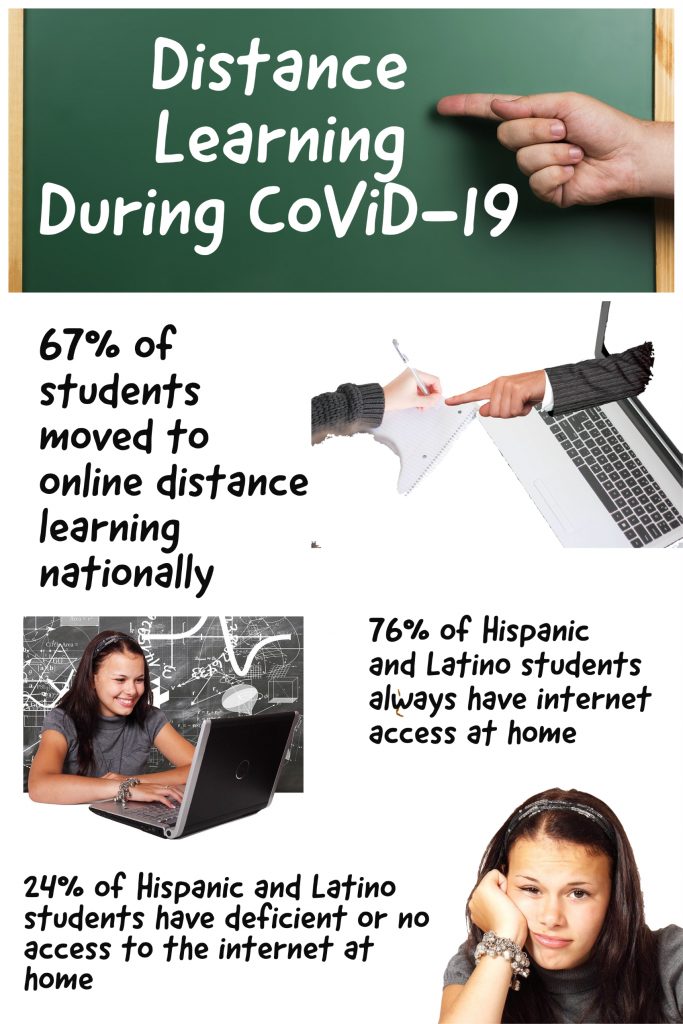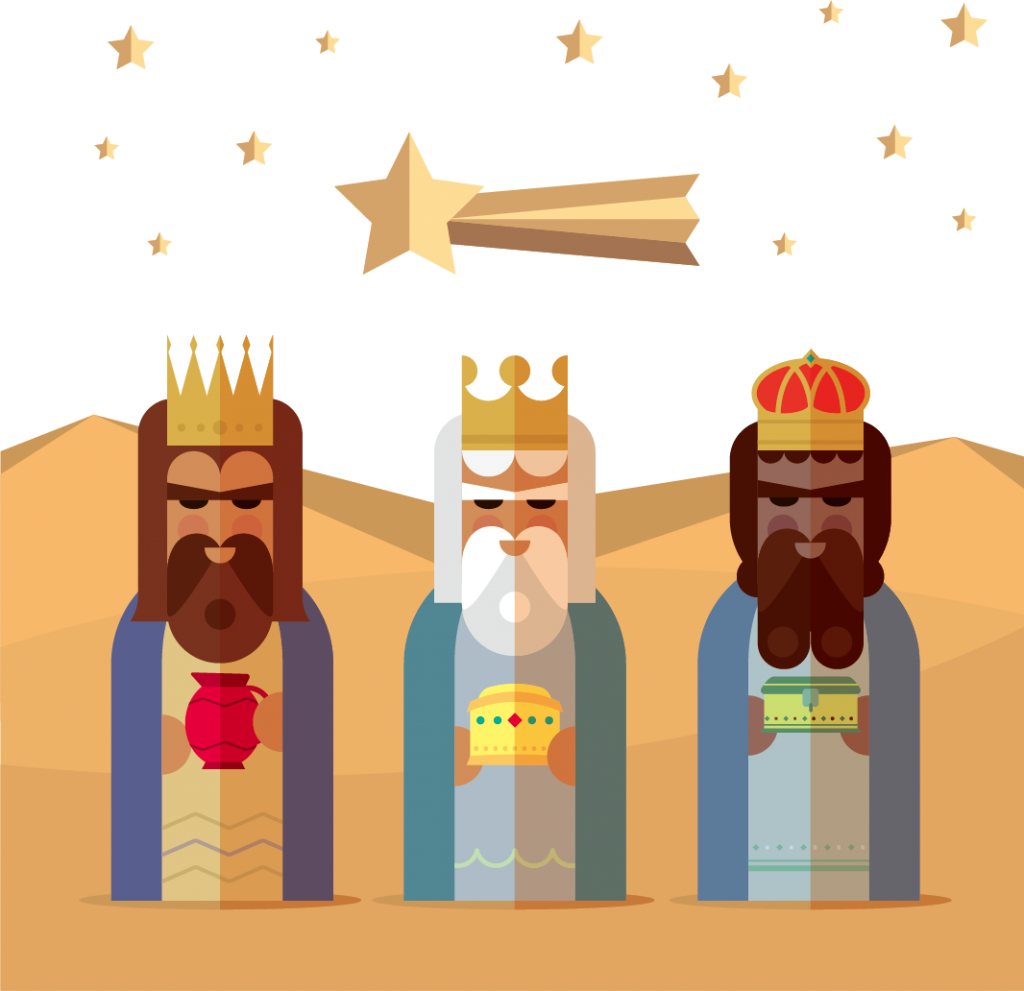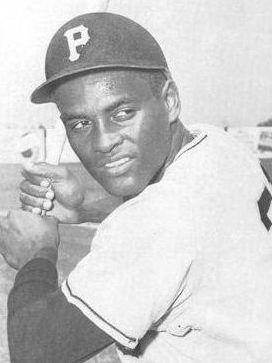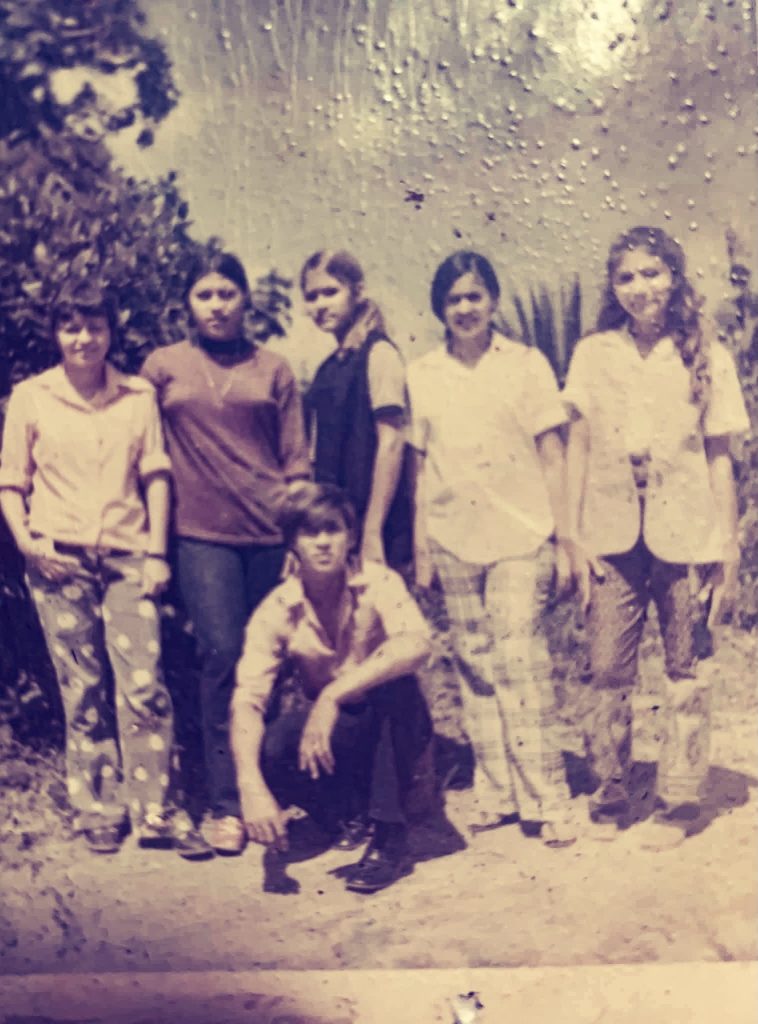By Ricardo Hernandez
“Welcome, welcome,” exclaims Joretsi Coss as she opens the door to her apartment in Tampa. Since leaving Puerto Rico, the two-bedroom space has provided enough room for Coss and her cousin to live comfortably. A vast improvement over some of her past accommodations since moving from Puerto Rico over four years ago.
-Video Story By Ricardo Hernandez
Coss moved to the Continental U.S. seeking refuge from the hardships caused by Hurricanes Irma and Maria. The two category V storms pummeled Puerto Rico in 2017 and left the island and its inhabitants physically, mentally, emotionally, and spiritually battered.
Before the devastation, she worked in a fast-food restaurant in the town of Caguas. The storms decimated the entire electric grid making most businesses grind to a halt for months until power could be restored.

Once the electricity started to come back online, some business asked their employees to report back to work. For Coss, this proved a nearly impossible task. Located just 18 miles from her hometown of Humacao, her commute to Caguas used to be an easy one.

This proved more difficult after Maria and Irma destroyed not only homes and businesses, but also decimated 97% of the roads making them impassable.

“Even though they were understand[ing] of the situation, not really,” says Coss who ended up in need of another job.
According to the Center for Economic and Policy Research, almost 40,000 people lost their jobs a month after the passing of Hurricane Maria. With few job opportunities and no means to sustain herself in Puerto Rico, Coss made the familiar choice thousands of other Puerto Ricans have made and emigrated to the United States.

-Photo by Ricardo Hernandez
A publication Dr. Rosa contributed to titled “Report on Puerto Rican Post-Disaster Migration Survey,” shows that around 159,000 to 176,000 Puerto Ricans left the island a year after Hurricanes Irma and Maria hit the island. According to the respondents, 79.5% of these immigrants moved to Florida. Their top reasons for leaving Puerto Rico included the lack of electricity and the loss of their homes, jobs, and belongings.


Dr. Rosa points out that after arriving on the U.S. mainland, some Puerto Ricans find that the proverbial “American Dream” may not turn out to be the positive experience many people paint it out to be.
This was certainly something Joretsi Coss experienced for herself after moving from the island. For the next eight months, she bounced around from job to job in Massachusetts and Ohio. However, these jobs did not pan out well for her because of job conditions or living arrangements.

-Graphic By Ricardo Hernandez
“When I got that job in Ohio, I didn’t have anyone, I didn’t know nothing about the place,” Coss says with a smile on her face. The lockdown caused by the COVID pandemic kept her in isolation inside her cramped studio apartment while performing her call center job duties. “I was living in a shoebox, it gets really frustrating, it was a lot of anxiety.”

As luck would have it, Joretsi’s brother Narbelt invited her to move to the Tampa area where he had lived with a cousin for a year since moving from Puerto Rico.
“[For] a few months I was being stubborn and saying no I can do it I can live by myself,” but eventually Joretsi accepted her brother’s request and moved to the Tampa area. In Tampa, the support of her brother and cousin helped her be more economically and mentally stable. Coss attributes her family’s support to the success she had in her new in turn enabled her to be successful in her job with MAC Tools.
What is it about Florida? Perhaps most important is that many Puerto Ricans have family members here. This creates a support network that helps these immigrants settle down easier than in other areas of the country.

“Florida is like the backyard of Puerto Rico,” Joretsi giggles. “In every corner, you will have someone that knows someone that you know, or find a food truck that sells Puerto Rican food.”

Despite the familiarity, Puerto Rican migrants did meet some challenges such as language barriers.
According to the “Report on Puerto Rican Post-Disaster Migration Survey,” 47.6% of those surveyed do not understand English very well and 12.4% don’t know English at all. Furthermore, enrollment in English classes was identified by this survey as “one of the top five services with the highest unmet needs.”Dr. Rosa points out this is why Florida turns out to be an ideal place for Puerto Rican migration. “Central and Southern Florida [have more] Latinas and Latinos so you hear a little more Spanish, which is more familiar than if you go above Northern Florida.”
Besides language, quality of life plays a major part when many victims of Puerto Rico’s natural disasters consider where to relocate. Coincidently, 61.6% of respondents participating in the USF Migration Survey listed it as one of the main reasons for their immigration into the Tampa area.

When asked about the quality of life in Florida, Joretsi was quick to point out what Tampa and other U.S. cities were doing right compared to back home in Puerto Rico. “The process to get your driver’s license, to get an apartment, to do groceries, everything is much quicker and easy.”
Among other things, Coss went on to explain how difficult it is in Puerto Rico to navigate the bureaucratic process to accomplish quotidian tasks like getting copies of documents or getting approval to work or drive. “In Puerto Rico to get your driver’s license you need to get five different stamps and get a lawyer to sign [the documents].” “It’s too much [of a] process, here you don’t have to do all that.”

Because of its location, the Tampa area can provide relief for some of the challenges experienced by disaster immigrants.
Dr. Rosa points out that Tampa’s geography provides some advantages other areas of the nation can’t provide. “Plane tickets [to and from Puerto Rico] are cheaper, you can always fly back, it’s just two hours to two hours and a half.”
This proximity to the island can help keep immigrants grounded in their Puerto Rican roots and with the friends and family, they left behind. “I have my birthday in Puerto Rico every year now,” Jorestsi says with a jovial grin on her face. Ironically, she used to plan birthday trips to the U.S. mainland when she lived in Puerto Rico.
So what is this “natural disaster diaspora’s” future? According to USF’s immigration survey, about two-thirds of immigrants “have not considered returning to Puerto Rico.”
Joretsi is part of the one-third minority that is considering returning to Puerto Rico… but not yet.
“I do want to go back to Puerto Rico, I don’t think it’s going to be in the next year or two, but I want to invest in the island and come back to something more stable,” she explains.
“It is what it is, we have to [live life] and we would do the same thing here in Florida, in Massachusetts, in California,” Joretsi exclaims with a big grin. “You go to sleep, wake up, do your job, and keep living.”
Gaging by the statistics reflected in the USF survey, many Puerto Ricans living in Florida and on the U.S. mainland may feel the same way as well.












